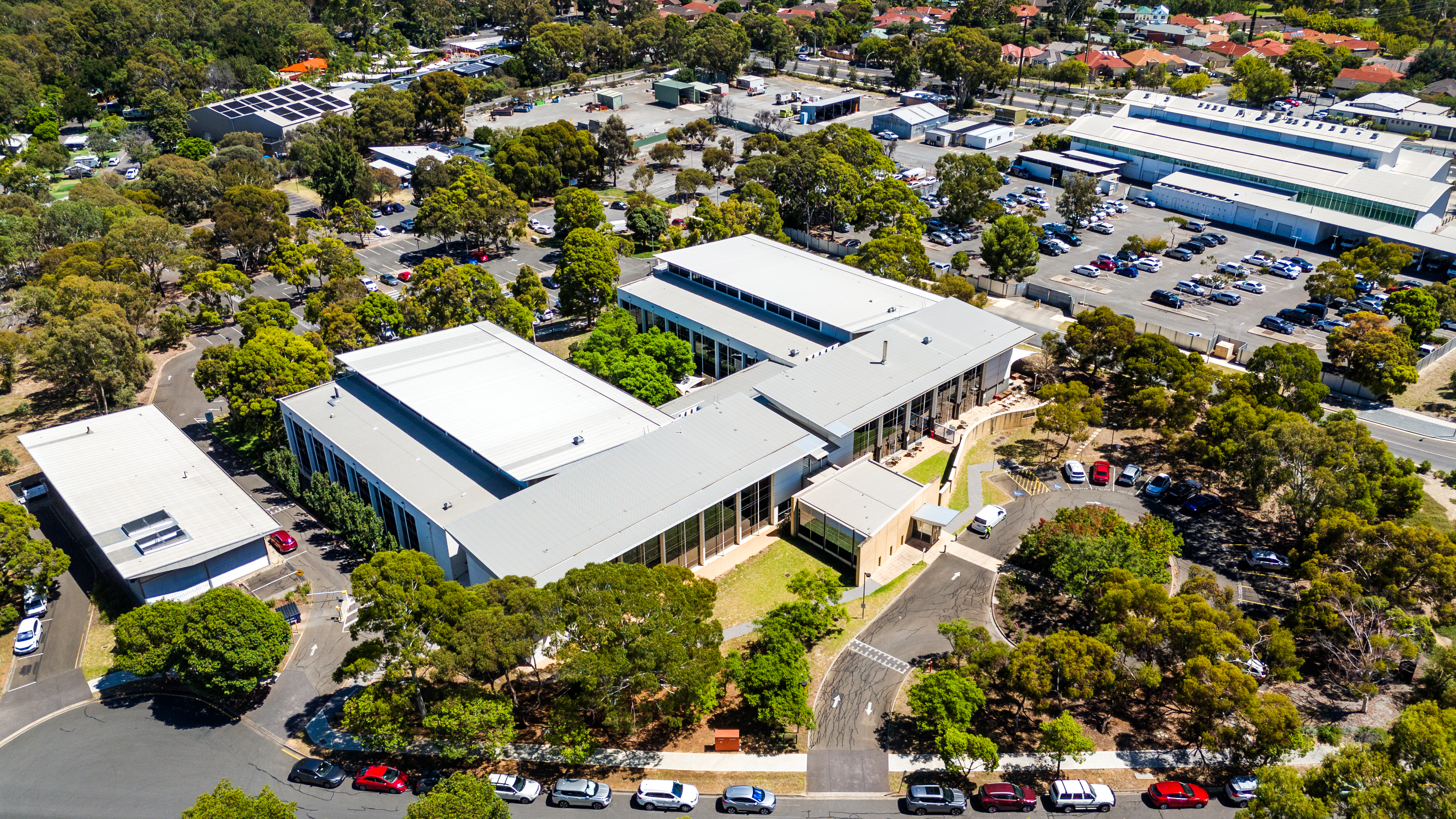Opportunistic investors are driving these four middle markets office trends
Tricky economic conditions and uncertainty around future office demand is creating new value for investors
Economic volatility, geopolitical headwinds and shifting working patterns are making the office investment market difficult to navigate right now.
But while large, risk-averse players are recalibrating, smaller funds, syndicates and wealthy families are moving in for a foothold in key markets, driving new trends and reshaping cities.
From repositioning underperforming buildings, to occupying their own investments, these investors are finding ways to tap into their existing equity and make astute investments with the aim of reaping returns when full market activity resumes.
“In Melbourne, the number of owner-occupier investments has increased threefold on the same time last year, says Tim Carr, middle markets senior executive, JLL. “And since the June 30 valuations, bidding activity is also the strongest we’ve seen for over a year as buyers and vendors have greater clarity over pricing.”
JLL preliminary data shows office sales volumes have fallen by 78% to $1.2 billion over the past year to the 2023 third quarter. However, compared to last quarter, volumes have risen by 106%. Offshore buyers are among the most active.
“Office investment is by no means an easy topic given the amount of uncertainty and volatility in the market, but one thing I have learnt is that it pays to stay on your toes, rather than sitting back on your heels through any market cycle,” says Josh Rutman, JLL’s head of capital markets in Victoria.
Here are four office investment trends quickly emerging in the current market cycle:
Looking for more insights? Never miss an update.
The latest news, insights and opportunities from global commercial real estate markets straight to your inbox.
Investors are targeting underperforming and low-risk real estate
After stalling on deals over the past year, investors are relatively active again, seeking properties they can refurbish or repurpose to achieve optimum cash flow. Standout deals include the seven-level corner office building at 333 Queen Street, Melbourne, attracting eight bids and selling to an existing Melbourne CBD owner taking a long-term view on the city.
The five-level 112 Trenerry Crescent, in the Melbourne fringe suburb of Abbotsford, was sold to an owner-occupier for approximately $30m.
“Syndicates and funds are among the most active investors, bidding for value-add and core-plus opportunities, motivated by the scarcity of opportunities around at the moment,” says Carr.
“Only 13 office buildings have sold between January 2023 and October 2023 in Victoria, which is well below historical averages.”
Heightened vacancy, or unviable capital expenditure requirements are prompting landlords that have held their properties for a long time to sell.
Owner-occupiers are among the most active buyers
Since April 2023 five out of the last seven office transactions in Melbourne’s fringe and suburban markets over $5m have sold to owner-occupiers. That outweighs transactions recorded at the same time last year by threefold, notes Carr.
Owner-occupiers are drawn to ready-to-move-in office buildings, as well as buildings they can refurbish to suit their business’s needs. Some are sharing 3,000 square metre-plus offices with existing tenants that provide a reliable income stream to substantiate the investment.
“Owner-occupiers are muscling their way into a market that is usually difficult to compete in and are prepared to pay for the privilege of owing their own building,” Carr says.
Unlike traditional investors, owner occupiers are not only motivated by investment fundamentals.
“A key driver is the ability to put their stamp on a whole building to support their brand reputation and employee satisfaction,” Carr adds.
The buyer and vendor pricing gap is narrowing
Annual property valuations revealed in June this year have provided clarity on pricing, giving buyers confidence that vendors will be prepared to meet market expectations. The bid-to-ask spread has narrowed to 15% of asking price, from 30% prior to June 30. Valuations have also paved the way for more competitive bidding for properties.
“Offices for sale across the Melbourne CBD, fringe and metropolitan markets, are now attracting close to six bids each, compared to four prior to June 30, suggesting there’s still plenty of appetite for quality office assets that present clear avenues to extract additional value,” Carr says.
Investment Opportunities
More off-market deals
More vendors are endeavouring to sell their properties without a public sales campaign to test investor interest amid uncertain economic conditions. Some vendors feel this is a good way to gauge how much investors are prepared to pay.
However, a competitive sales process, or on-market campaign, typically yields a better result. “Buyers know that vendors are financially committed and so they engage more strongly. This is demonstrated by the quality of bids received after an ‘expressions of interest’ phase,” Carr says.
Contact Tim Carr
Middle markets executive, JLLWhat’s your investment ambition?
Uncover opportunities and capital sources all over the world and discover how we can help you achieve your investment goals.




